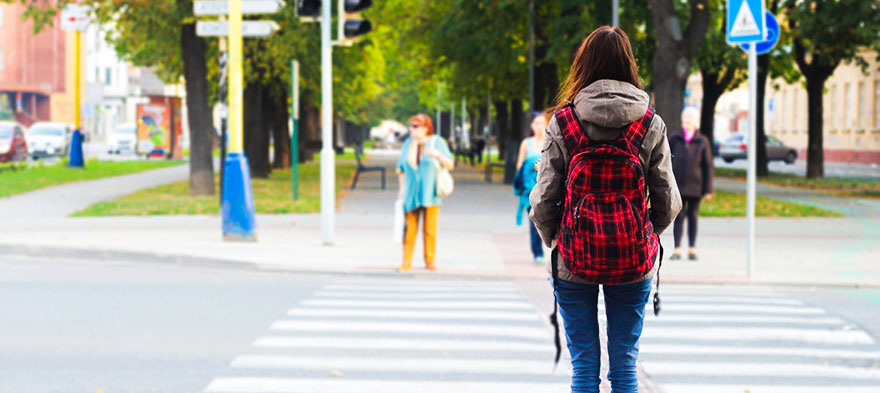
Mar 6, 2017 12:00:00 AM
Catherine Bradshaw, Ph.D., M.Ed. is a professor and the associate dean for Research and Faculty Development at the Curry School of Education at the University of Virginia; she is also the co-director of the CDC-funded Johns Hopkins Center for the Prevention of Youth Violence and co-director of the NIMH-funded Johns Hopkins Center for Prevention and Early Intervention. She collaborates on research projects examining bullying and school climate; the development of aggressive and problem behaviors; effects of exposure to violence, peer victimization, and environmental stress on youth; and the design, evaluation, and implementation of evidence-based prevention programs in schools. She has coauthored over 200 articles and chapters and collaborates on federally funded randomized trials of school-based prevention programs to improve school climate and prevent behavior and mental health problems. She is the editor of the journal Prevention Science, a co-editor of the Handbook of School Mental Health, and editor of the Handbook on Bullying Prevention: A Life Course Perspective.
The story you tell yourself about your own math ability tends to become true. This isn’t some Oprah aphorism about attracting what you want from the universe. Well, I guess it kind of is, but...
If you have a child with disabilities, you’re not alone: According to the latest data, over 7 million American schoolchildren — 14% of all students ages 3-21 — are classified as eligible for special...
The fight for educational equity has never been just about schools. The real North Star for this work is providing opportunities for each child to thrive into adulthood. This means that our advocacy...
Your donations support the voices who challenge decision makers to provide the learning opportunities all children need to thrive.
Ed Post is the flagship website platform of brightbeam, a 501(c3) network of education activists and influencers demanding a better education and a brighter future for every child.
© 2020–2024 brightbeam. All rights reserved.
Leave a Comment